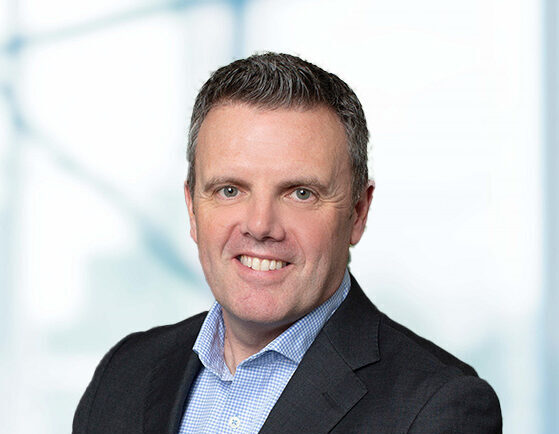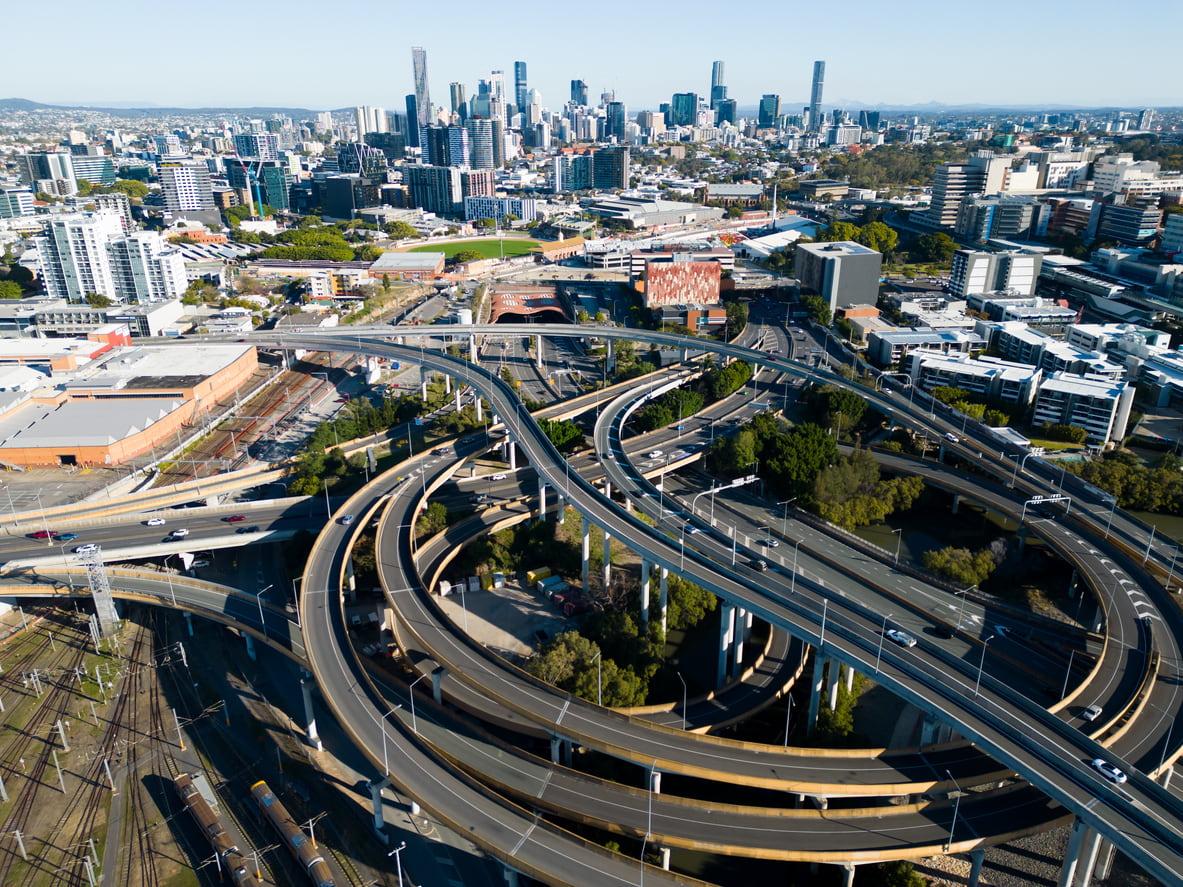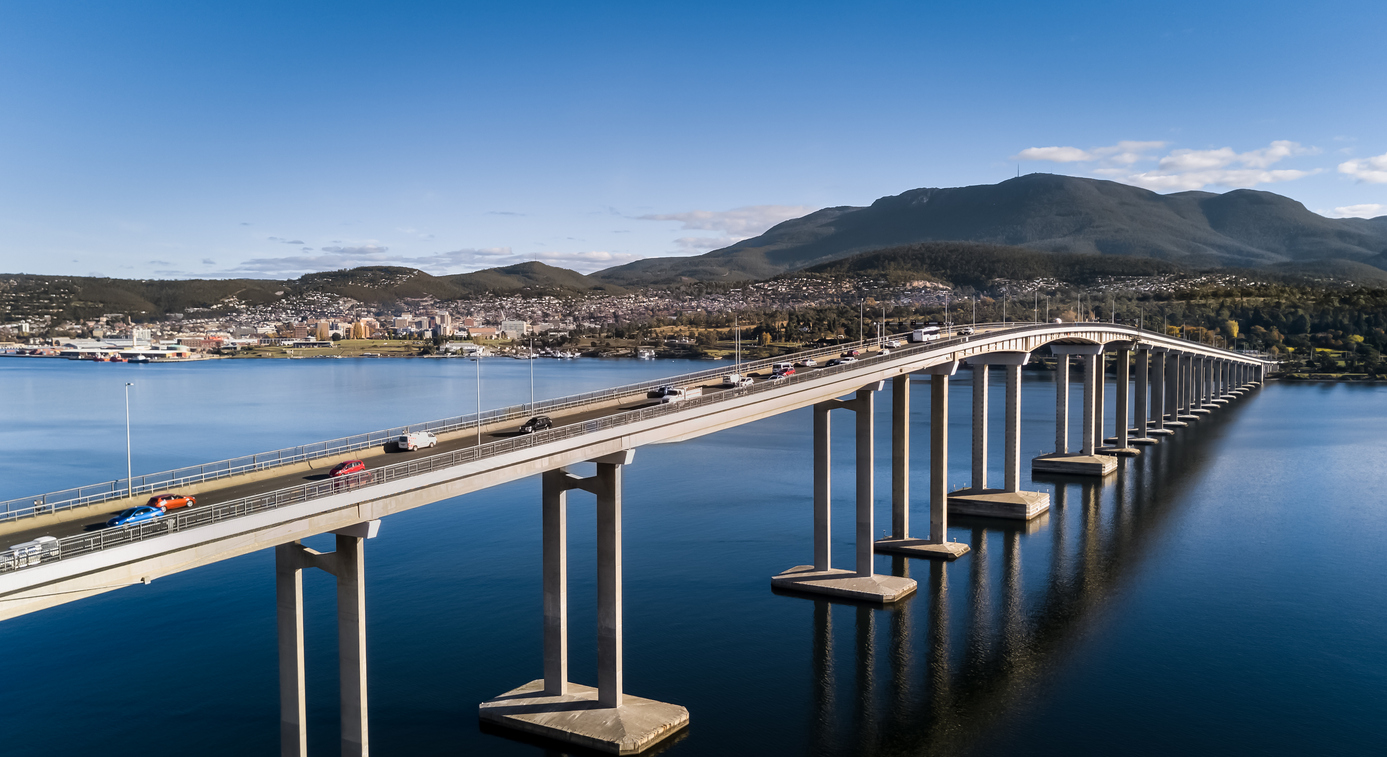With activity at Australian airports almost back to pre-pandemic levels, the focus is now squarely on the sector’s ability to accommodate growth. By 2050, current domestic travellers are expected to double, and international visitors to triple, for a total of 332 million passengers passing through Australia’s metropolitan and regional airports.
To expand airport capacity, major programmes of infrastructure works are on the drawing board, under construction, or being opened for business. It’s in everyone’s interests for these long-term, multi-million-dollar programmes to run smoothly and deliver the right quality at the right time and price. It’s also crucial that the work undertaken now builds in resilience and flexibility to cater for the changing demands of an uncertain future.
How can we smooth the journey and futureproof these significant investments?
Minimise disruptions to operations and maintain the passenger experience
A major construction programme is no easy ride for a greenfield project and is even harder for a busy operational airport which rarely, if ever, really sleeps. Keeping the flights running and the passenger experience as frictionless as possible are key. Ultimately, this is what the airport is all about.
Careful staging of the works will be crucial, including consideration of how to minimise noise and disruption to airport personnel, passengers, neighbouring businesses and local residents. It’s important to recognise that with so many complex, interconnected parts in an airport precinct, a thread pulled in one spot can unravel something seemingly far removed – so understanding cause and effect is critical.
Set realistic budgets and keep control over costs
Everyone wants cost certainty – which is challenging to achieve in uncertain economic times. The best way to keep a project within budget is to start with a defined scope and a realistic estimate based on historical data and expert insight. If the initial budget isn’t realistic, it will be all but impossible to stick to it. Identify the range of project risks and include adequate allowance in the budget to cover them. Once the project has a clear definition of scope, a solid programme of works, and an accepted standard of quality, stick to that script all the way through. It is inevitable that some compromises will be needed along the way to ensure that the project comes in on time, on budget and with the required functionality.
It is helpful to adopt a consistent approach to benchmarking and reporting. By reporting every project within the programme in the same way, there will be greater clarity and understanding, and it will be easier to rapidly extract portfolio-wide actionable insights from the data. Costs can be better tracked and managed when they’re reported in a consistent format. And it’s even better if technology can be harnessed to deliver cost information through user-friendly, digital interfaces such as near-real-time dashboards.
Navigate diverse stakeholders and agendas
Airports are big businesses with many different departments, each of which will naturally want to find scope in the infrastructure spend to improve their assets and facilities. There are also many different government, regulatory, business and community stakeholders, as well as the diverse range of consultants and contractors involved. Some of these stakeholders will have competing priorities or agendas. It’s a challenge to keep every stakeholder happy and still ensure that the project delivers to budget, schedule, standards and expectations of quality.
There will almost definitely be times when someone won’t be able to get what they want. Maintaining a good working relationship across all the agendas and perspectives is challenging to navigate – but the guiding light should be what’s best for project and best value for project. This will require some tempering of expectations so that the project can stack up financially.
Embrace digital technologies and innovation
It’s clear that passengers now expect high levels of innovation and connectivity to streamline and enhance their experience of airports. But that’s not the only role for new technologies. Extensive benefits for planning, design, construction and whole-of-life facilities management can be leveraged by embracing advanced digital solutions such as BIM (building information modelling) models or digital twins.
In the planning and design stage, these tools can enable much deeper collaboration and greater transparency among all the stakeholders, helping identify opportunities for greater value for money. In construction, the digital twin can support optimal staging of the project and reveal the progress of the build. The impact of the digital twin on asset management across the lifecycle is profound, with huge benefits for predictive maintenance and optimising operations.
Strive towards greater sustainability
Sustainability is a major trend in airport projects, including minimising the project’s overall embodied carbon as well as its operational emissions. Consider the opportunities for using lower emissions materials in the pavements and the terminals, for incorporating solar PV to provide behind-the-meter clean energy, for electrifying the vehicle fleet and providing charging infrastructure for EVs, and for increasing the facility’s energy efficiency and sustainable water use. What strategies can be applied now to reduce waste, air pollution and noise?
Look both ways
For a large airport infrastructure programme in a rapidly evolving technological landscape, there’s a lot to consider. Your advisors should already be thinking about what our airspace, airports, aircraft and passengers might look like in 2050 and beyond. Ideally, future trends should be viewed alongside the decades-long evolution that led us to the current state.
There’s no substitute for extensive real-world experience. With a long-term, 360-degree view comes realistic perspective and a deep understanding of the implications of change. Your investment deserves to be in safe hands with a clear vision of how today’s value for money will create tomorrow’s experience for new generations of travellers.






